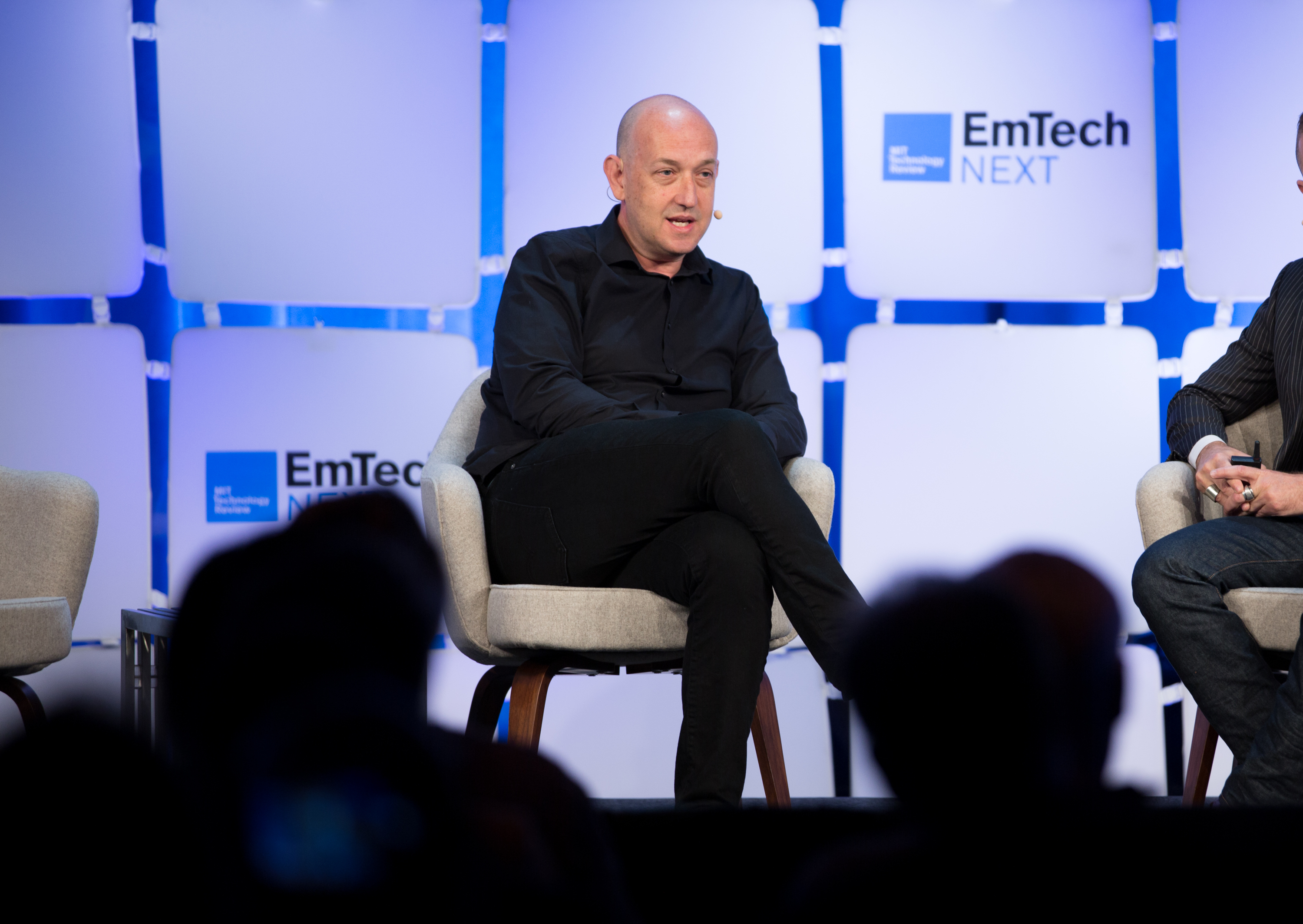The secret to stopping the robot apocalypse? Popcorn butter.

Amazon’s fleet of automated warehouse robots, now more than 100,000 machines strong, is working alongside human employees to help meet the e-commerce giant’s massive fulfillment demand.
The company’s robots carry inventory around massive warehouse floors, compiling all the items for a customer’s order and reducing the need for human interaction with the products. But the chief technologist of Amazon Robotics, Tye Brady, insists that these robots are enhancing human efficiencies rather than eliminating warehouse jobs.
Amazon has been going full steam ahead when it comes to hiring and now employs over 500,000 people. Brady views the robots as necessary to this growth. “When there are tens of thousands of orders going on simultaneously, you are getting beyond what a human can do,” he told the audience at MIT Technology Review’s first EmTech Next conference today.
Humans still provide necessary skills in the fulfillment process, like dexterity, adaptiveness, and plain old common sense. For example, when some popcorn butter accidentally fell off a pod in a fulfillment center, it got squished, creating a big buttery mess in the middle of the floor. The curious robots didn’t know how to handle the situation but wanted to go check it out. “The robots were driving through it, and they’d slip and get an encoder error,” says Brady.
Even if they haven’t caused layoffs for Amazon workers, the company’s high-efficiency automated fulfillment efforts have contributed to massive retail job losses, which are disproportionately affecting women. Its cashierless stores also have the potential to reshape retail employment.
However, the company has made efforts to provide services that give smaller businesses access to Amazon’s platform, mitigating some of the negative impact. “We have something called Fulfillment by Amazon,” says Brady. “It turns out more than half of that inventory is sold by third-party vendors. These are the mom-and-pop stores across the globe. That has actually been a great success for small businesses across the globe.”
Keep Reading
Most Popular
How scientists traced a mysterious covid case back to six toilets
When wastewater surveillance turns into a hunt for a single infected individual, the ethics get tricky.
The problem with plug-in hybrids? Their drivers.
Plug-in hybrids are often sold as a transition to EVs, but new data from Europe shows we’re still underestimating the emissions they produce.
What’s next for generative video
OpenAI's Sora has raised the bar for AI moviemaking. Here are four things to bear in mind as we wrap our heads around what's coming.
Stay connected
Get the latest updates from
MIT Technology Review
Discover special offers, top stories, upcoming events, and more.